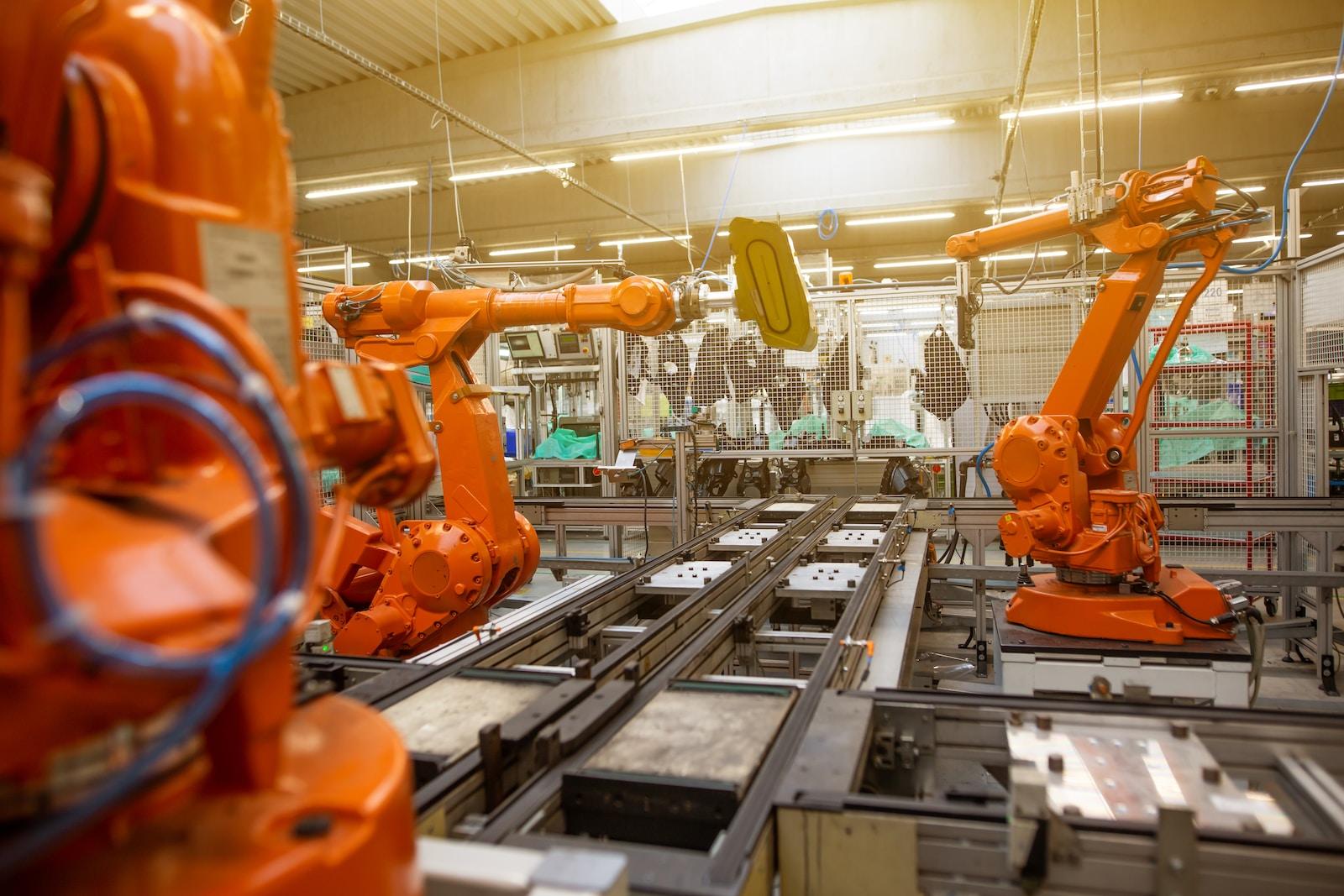In the face of pressing environmental challenges and the looming threat of climate change, the quest for sustainable solutions has become more urgent than ever before. Green technology, also known as clean technology or eco-friendly technology, has emerged as a beacon of hope, offering innovative practices and advanced technologies that promote sustainability, energy efficiency, and environmental conservation. This article explores the significance of green technology and its impact on shaping a more sustainable world.
- Understanding Green Technology
Green technology refers to the application of science and innovation to create products, systems, and processes that are environmentally friendly, resource-efficient, and socially responsible. Its primary goal is to minimize the negative impact on the environment while maximizing the efficient use of resources. Green technology encompasses a broad spectrum of fields, ranging from renewable energy and waste management to sustainable agriculture and transportation.
- The Urgency of Sustainability
Climate change and environmental degradation are global challenges that require immediate attention. The burning of fossil fuels, deforestation, and industrial emissions have led to an increase in greenhouse gas concentrations, resulting in global warming and extreme weather events. The urgent need for sustainability is evident in the rising sea levels, melting glaciers, and the threat to biodiversity. Green technology offers an avenue for combating these issues and charting a more sustainable path forward.
- Renewable Energy: Harnessing Nature’s Power
One of the cornerstones of green technology is the adoption of renewable energy sources. Solar, wind, hydro, geothermal, and biomass energies offer cleaner alternatives to fossil fuels. Solar panels convert sunlight into electricity, while wind turbines harness the power of wind to generate energy. Hydropower utilizes the energy from flowing water, and geothermal energy taps into the Earth’s natural heat. These technologies not only reduce carbon emissions but also offer long-term economic benefits through energy independence and job creation.
- Energy Efficiency: Optimizing Resource Use
Beyond transitioning to renewable energy sources, improving energy efficiency is equally crucial. Green technology promotes the development of energy-efficient appliances, buildings, and industrial processes. Smart grid systems allow for better monitoring and management of energy consumption, while LED lighting and energy-efficient HVAC systems reduce electricity usage. Energy-efficient practices benefit both the environment and consumers by cutting down energy bills and reducing greenhouse gas emissions.
- Sustainable Architecture: Building for the Future
Sustainable architecture focuses on designing buildings that minimize their environmental impact while enhancing occupant comfort and well-being. It involves utilizing eco-friendly materials, optimizing natural lighting and ventilation, and implementing energy-efficient heating and cooling systems. Additionally, green buildings may incorporate features like rainwater harvesting, green roofs, and renewable energy integration, further reducing their carbon footprint.
- Waste Management: From Linear to Circular
Traditional waste management practices, where materials are discarded after use, contribute significantly to environmental pollution. Green technology promotes a shift towards a circular economy, where waste is minimized, and resources are recycled and reused. Advanced recycling techniques, composting, and waste-to-energy technologies help transform waste into valuable resources, reducing the strain on landfills and conserving raw materials.
- Sustainable Transportation: Reducing Emissions and Congestion
Transportation is a major source of greenhouse gas emissions, contributing to air pollution and climate change. Green technology encourages the adoption of electric vehicles (EVs) and public transportation systems powered by renewable energy. EVs not only reduce emissions but also pave the way for a more sustainable future with advancements in battery technology and charging infrastructure.
- Precision Agriculture: Feeding the World Sustainably
As the global population continues to grow, sustainable agriculture is essential to meet the increasing demand for food while safeguarding the environment. Precision agriculture employs modern technologies like sensors, drones, and AI to optimize resource use and minimize waste. By precisely managing water, fertilizers, and pesticides, farmers can improve crop yields while reducing environmental impact.
- Conservation and Biodiversity: Technology for Preservation
Green technology plays a critical role in conserving biodiversity and protecting fragile ecosystems. Remote sensing and GIS technologies aid in monitoring deforestation, wildlife habitats, and climate change impacts. Conservation efforts are further bolstered by innovations in wildlife tracking, habitat restoration, and anti-poaching techniques.
Conclusion
In conclusion, green technology offers a promising pathway to a sustainable and environmentally responsible future. Through renewable energy, energy efficiency, sustainable architecture, waste management, transportation, precision agriculture, and conservation efforts, it addresses the pressing challenges of climate change, resource depletion, and environmental degradation. Embracing green technology and promoting sustainable practices is not just a responsibility but an opportunity to secure a better world for future generations. Governments, businesses, and individuals must come together to support and drive innovation in green technology, fostering a global commitment to a greener and more sustainable future.





